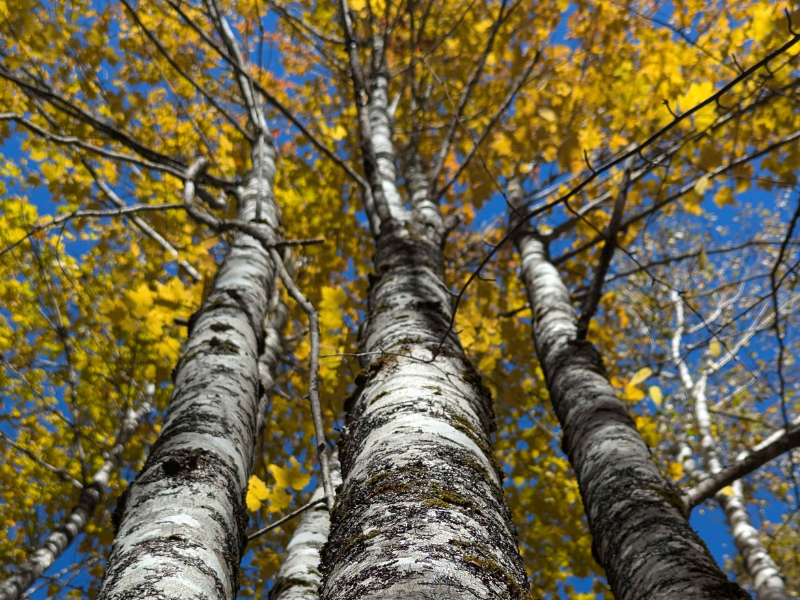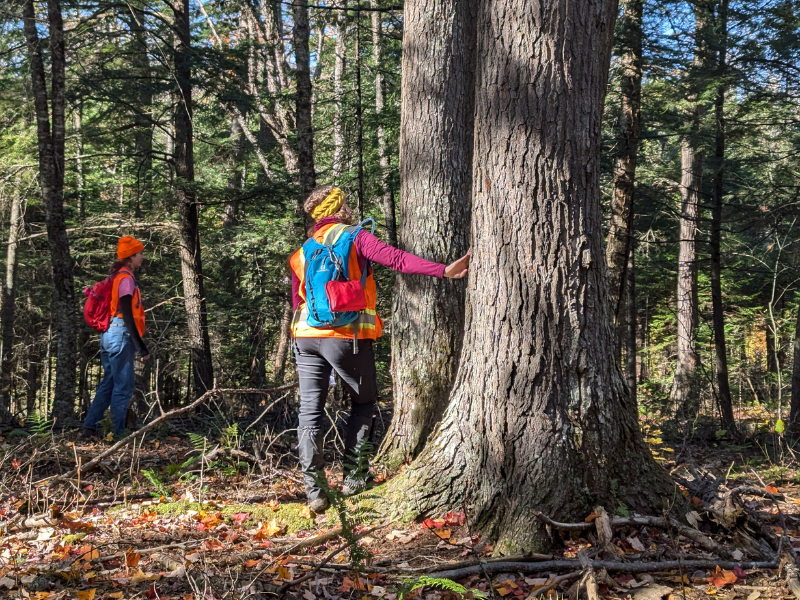This year we have an unprecedented opportunity for conservation in New Brunswick. The Nature Trust is working to protect 15+ new properties—spanning more than 1,145 acres of pristine and ecologically vital land.
From provincially significant wetlands and rare Appalachian Hardwood Forests to climate-resilient woodlands and river valley islands, these properties represent some of the most unique and important natural spaces in our province. They provide sanctuary for rare species and wildlife and protection for our communities in the face of nature loss and climate change.
You can help us save these natural spaces by donating today and contributing toward the remaining $200,000 we need to safeguard these lands forever.
and help save this centuries-old Hemlock
Together, we can make history for nature in New Brunswick.
This is our most ambitious acquisition project to date, setting the stage for a record-breaking year of conservation. Your donations will directly help safeguard a majestic centuries-old Hemlock, standing tall as a testament to centuries of ecological resilience. Help preserve this ancient tree and several other centuries-old Hemlock in a rich Appalachian Hardwood Forest, ensuring they continue to awe and inspire generations of New Brunswickers.
Picture yourself sitting in the serene silence of a cedar wetland swamp, the soft moss beneath you, surrounded by the gentle hum of life. This quiet sanctuary, with its lush greenery and soothing atmosphere, is not only a refuge for wildlife but also a space for visitors to reconnect with nature.
With your support, we can protect these delicate ecosystems and ensure that future generations experience the peaceful solitude of these natural wonders. Explore the featured properties below and see how your contribution can make a lasting difference.
Expanding our flagship property, the Caughey-Taylor Nature Preserve
As part of this historic acquisition year, we have the opportunity to add yet another expansion (in the form of two separate properties) to our stunning Caughey-Taylor Nature Preserve (shown in the video at the top of this page). Help us add to this iconic preserve that is already home to 9.6 kilometres of trails winding through mixed Wabanaki/Acadian forest, over rocky bluffs, and around the locally-famous Sam Orr’s Pond, where 30,000 year-old glacial movements carved a path for the Bay of Fundy’s salt water to mix with freshwater to form this rare brackish pond.
Wetlands of Passamaquoddy Bay
Nestled upland of Passamaquoddy Bay in close proximity to Caughey-Taylor, this two-parcel property encompasses 100 hectares of rich Maritime spruce-fir forest and ecologically vital wetlands. For millennia, the Peskotomuhkati (Passamaquoddy) people have hunted, gathered, and fished here, expressing the deep spiritual and cultural connection they share with this region. It’s also part of the Quoddy Region’s Ecologically and Biologically Significant Area due to its uniqueness and rarity within the Fundy watershed. Tidal mixing in the region results in higher concentrations of zooplankton, herring, porpoises, and whales, with levels of biodiversity not seen elsewhere in the Bay of Fundy. Protecting coastal upland habitat like this ensures Passamaquoddy Bay remains buffered by healthy forested wetlands that provide crucial defenses against floods and erosion.
Forest of Resilience
Directly connected to Caughey-Taylor, this 15-hectares of forested wetland and regenerating yellow birch and red maple offers an additional layer of protection to our most-visited preserve. The durability of its hardwoods and the carbon-absorbing qualities of its wetlands means this property will show great resilience in the face of increasing temperatures and severe weather events—exactly the type of natural defenses we need to conserve for this region to better withstand the pressures of climate change. Its direct connection to Caughey Taylor and its close proximity to other Nature Trust preserves such as Dick’s Island and Bartlett Mills means its protection helps to build a continuous corridor of biodiversity and resource availability.
Join one of our Caughey-Taylor Nature Preserve land donors, Sheila Washburn, as she reflects on her family’s history, what makes this preserve so special, and some of the unique features of the land!
Protecting the rich but threatened Appalachian Hardwood Forest
The Appalachian Hardwood Forest is one of the most diverse and ecologically significant forest types in New Brunswick, with over 180 associated species, 43 of which are considered rare. With less than one percent of its original distribution remaining, we jump at any opportunity to add more of this unique forest, home to so many rare and at-risk species, to our network of permanently protected nature refuges.
Ancient Hardwoods of Marsh Creek
This 20-hectare property near Wicklow, with its mix of towering hemlock, sugar maple, and yellow birch, harbors a rich variety of plant species, including the vulnerable yellow lady’s slipper, northern maidenhair fern, and unique understory plants like Canada yew and painted trillium. Combined, these species—characteristic of the rare Appalachian Hardwood Forest—provide critical habitat for a wide array of wildlife, from migratory birds to small mammals that thrive in the forest’s intricate ecosystem. White Marsh Creek meanders through deep gullies on the property, lined with cedar-dominated wetlands and vibrant vegetation which create a haven of natural beauty and ecological resilience. Protecting this land will not only safeguard a crucial remnant of one of New Brunswick's rarest forest types but also strengthens our collective fight against climate change by preserving a region with high carbon storage potential.
You can help us save these beautiful natural wonders. Donate to our year-end fundraising campaign to contribute to our goal of $200,000 raised by March 2025!
Swipe through the images below to see some of the 15+ properties you’ll be helping us protect, forever, in this record-breaking effort to save more nature!
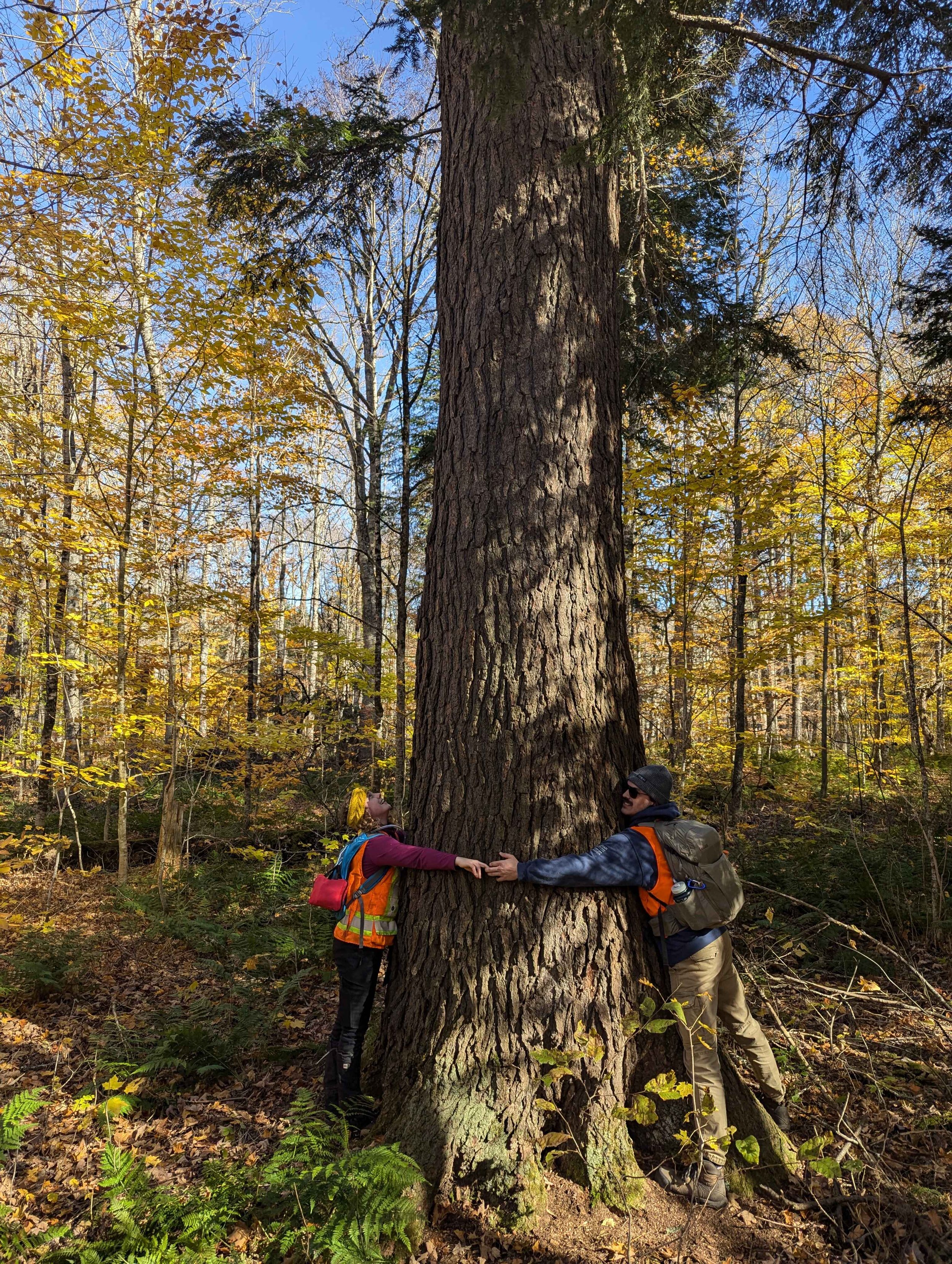
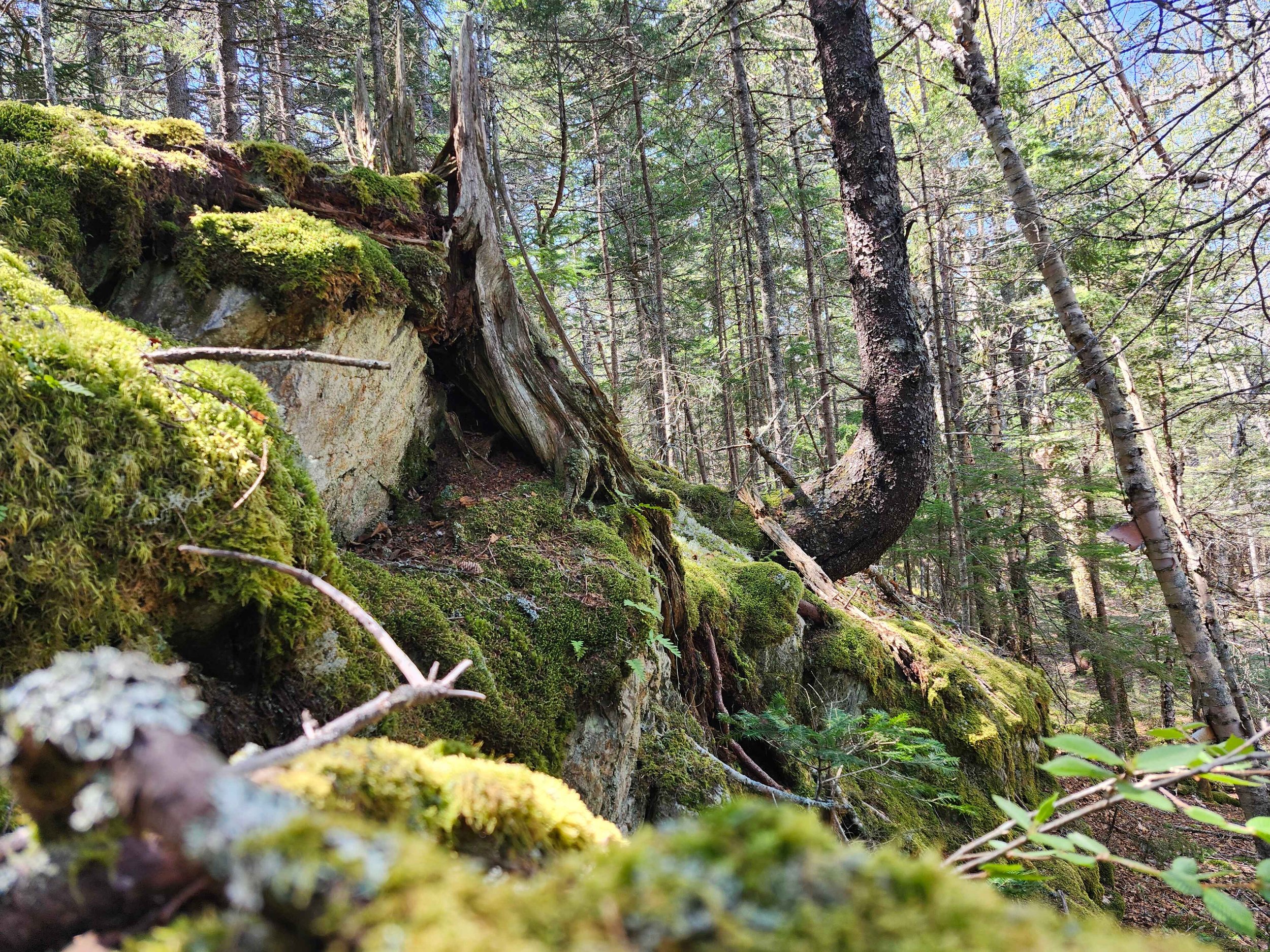
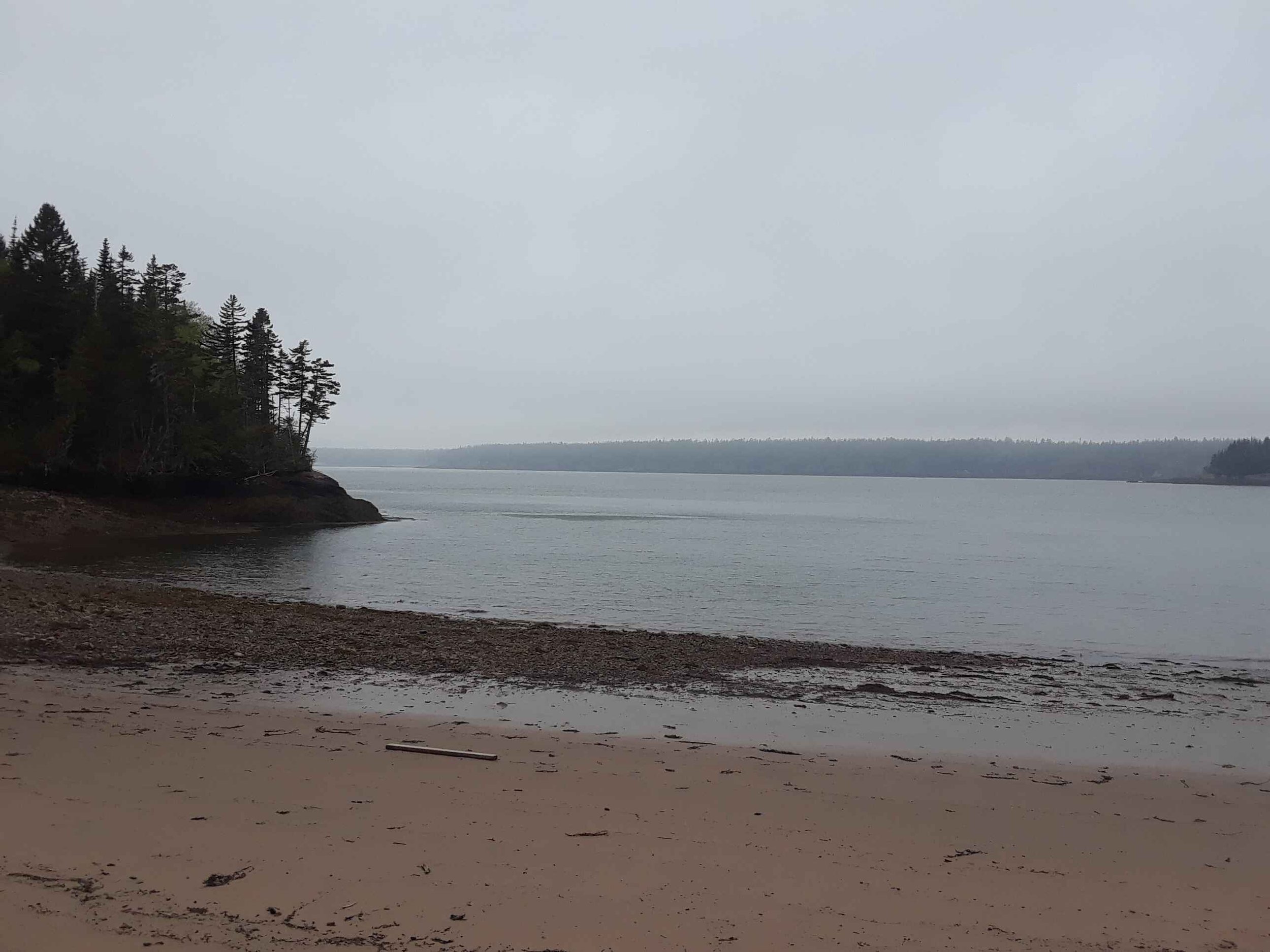
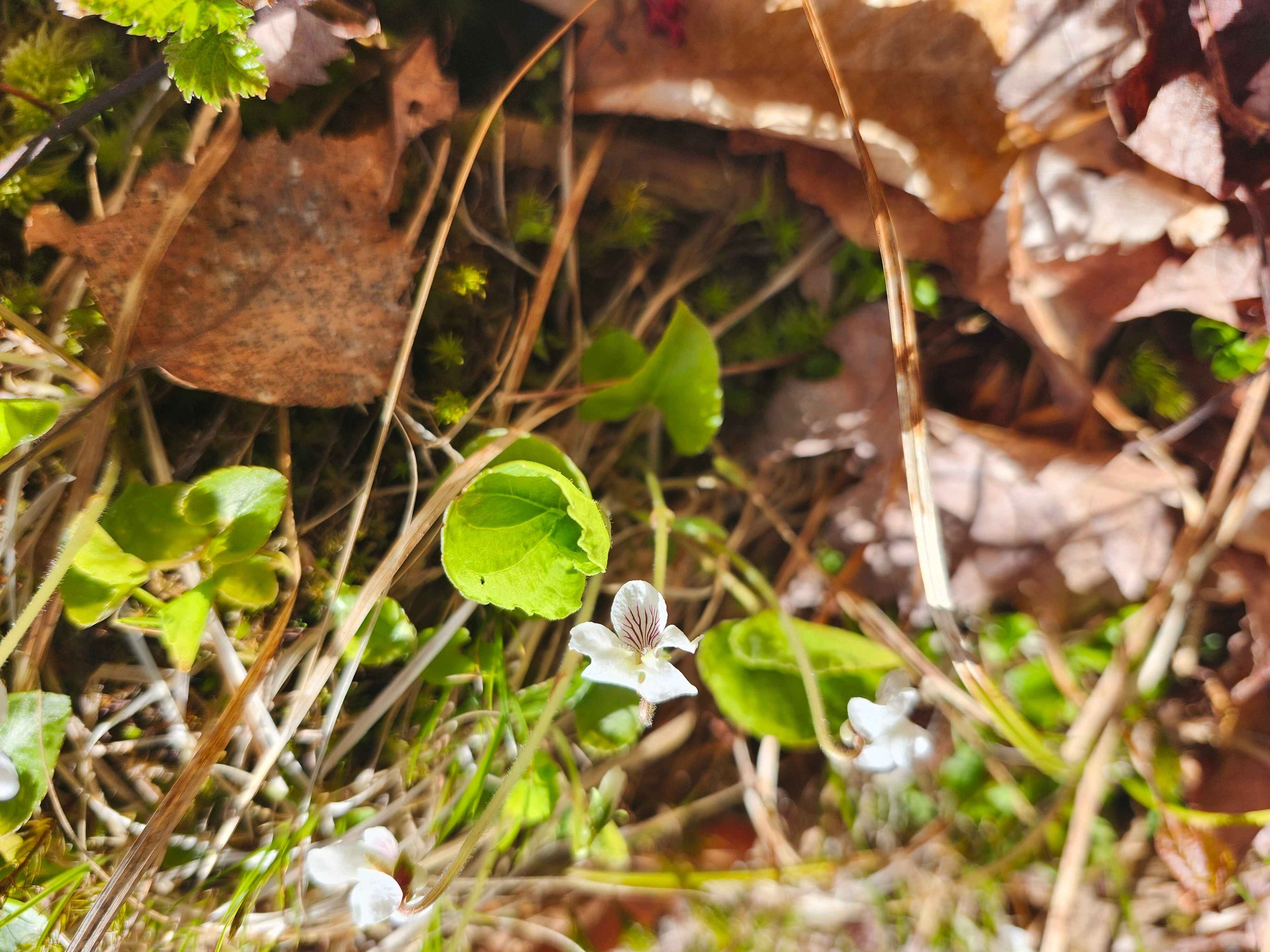
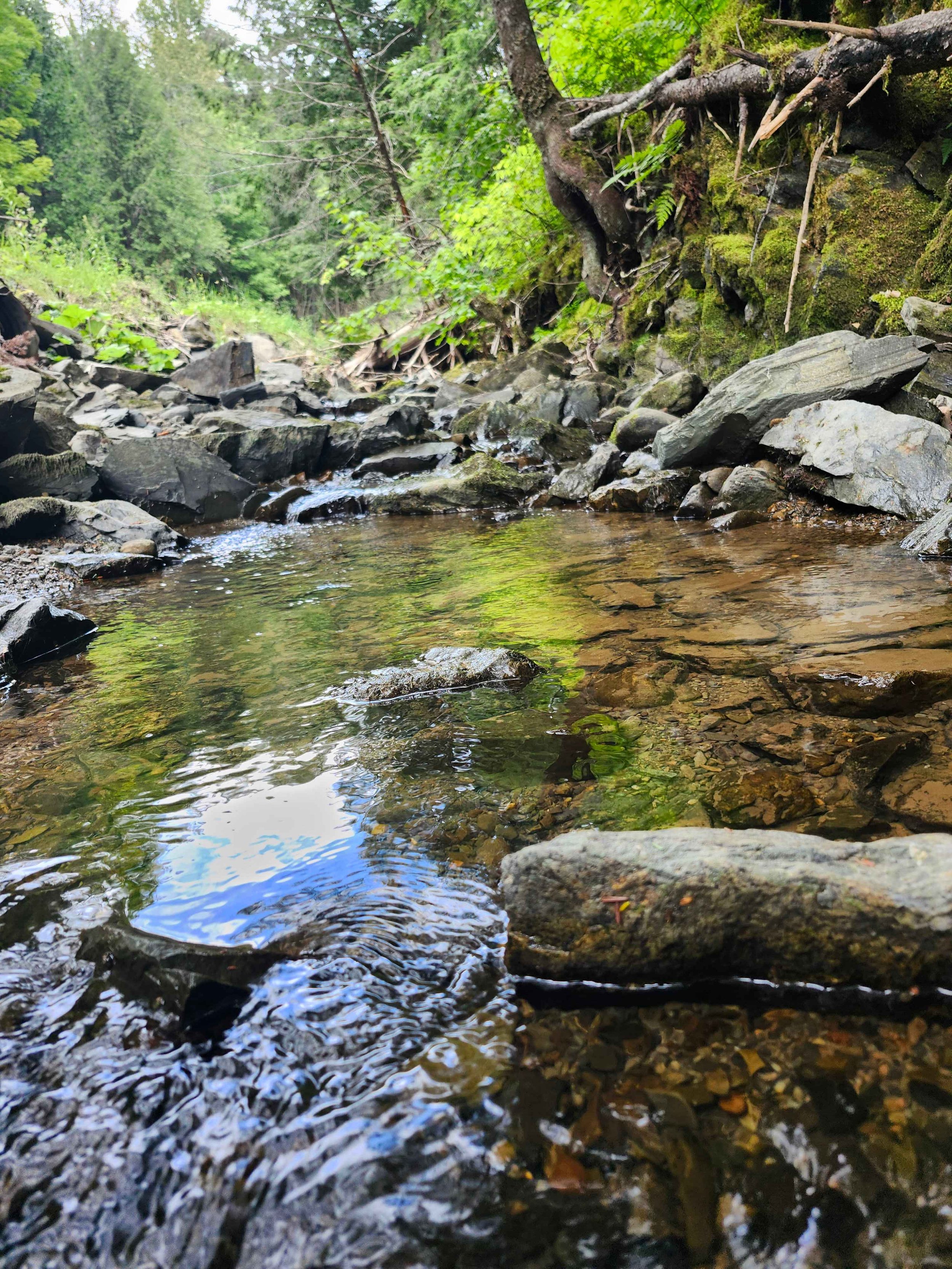



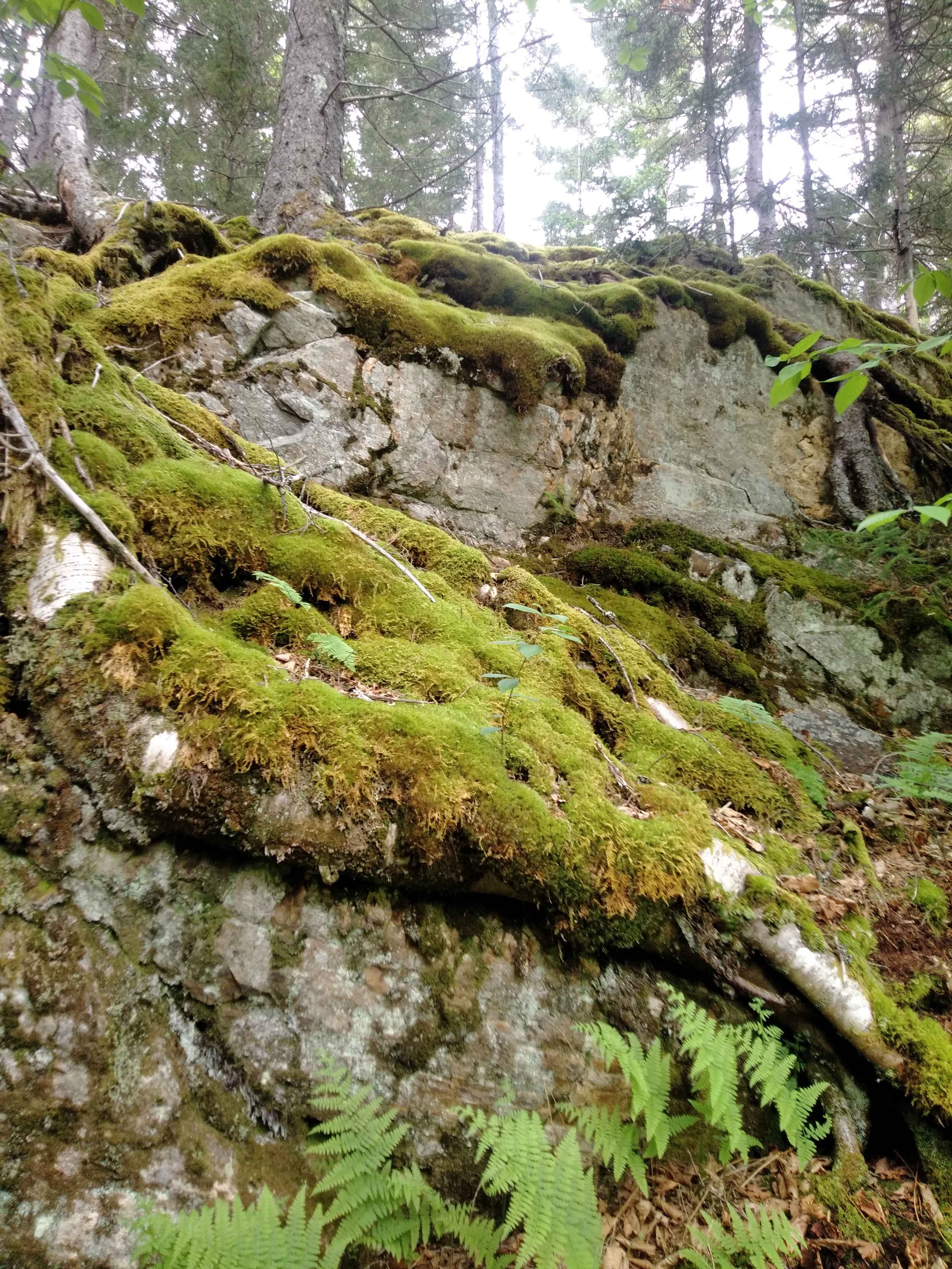
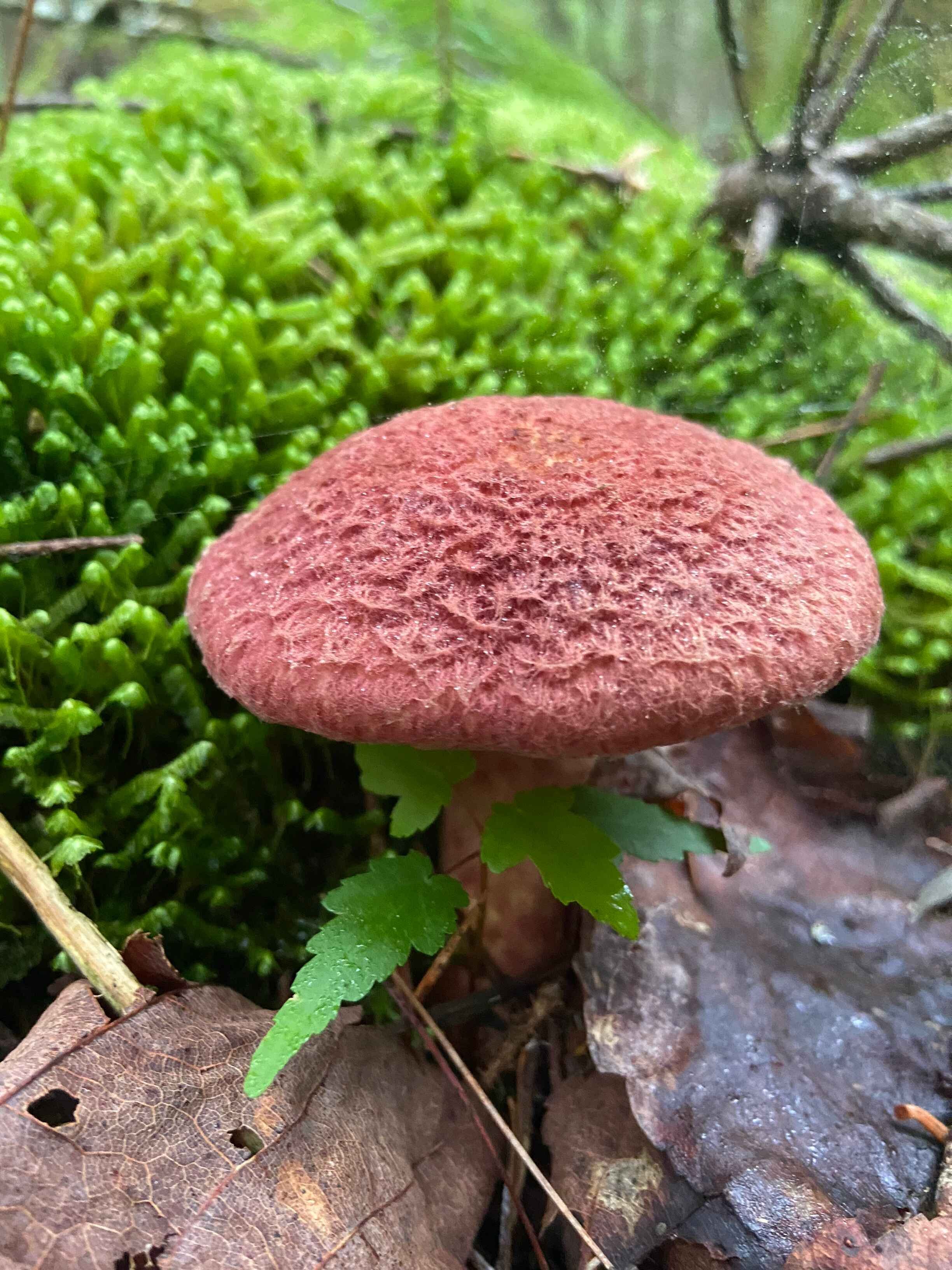
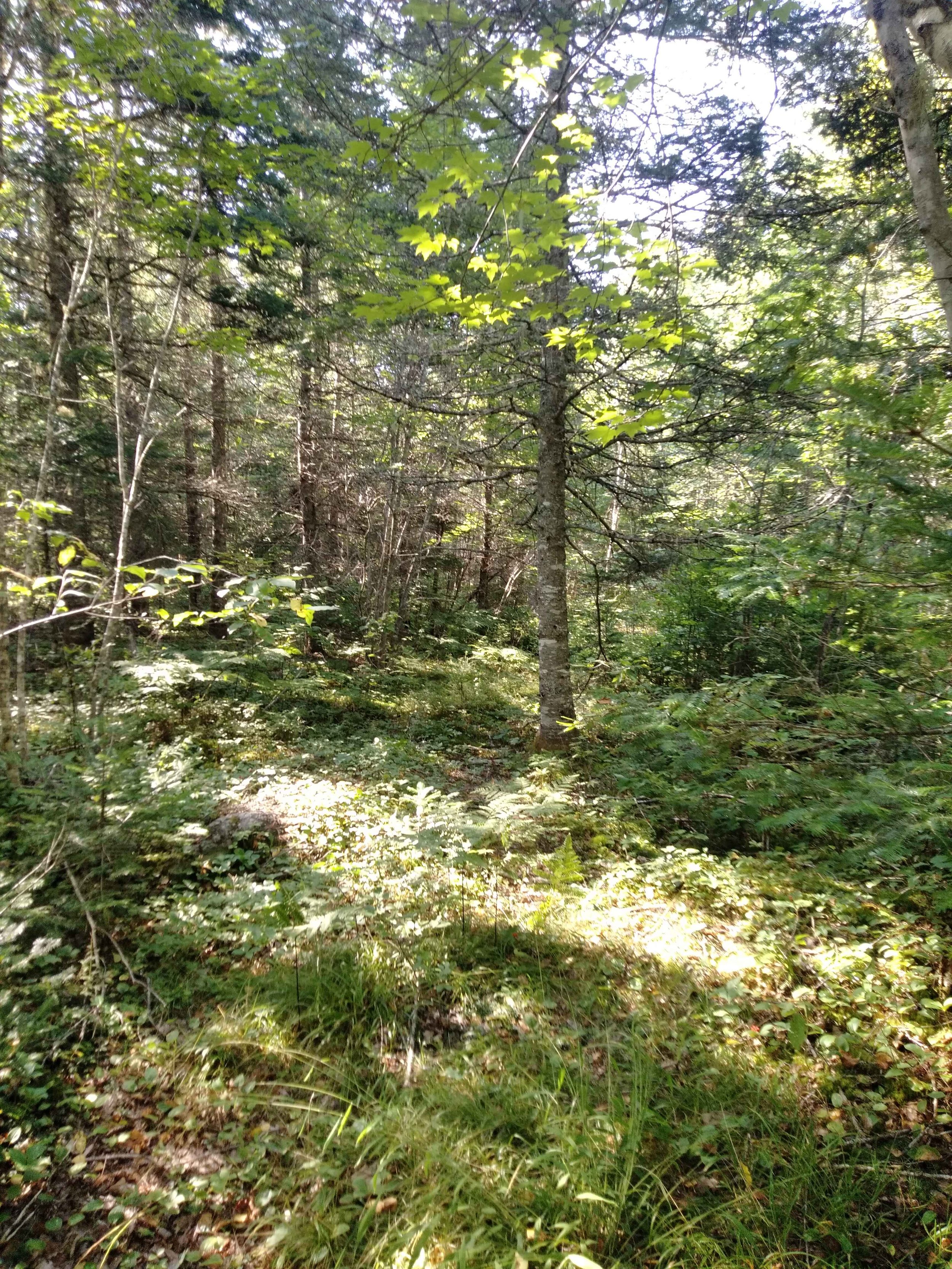

Stay in touch
We’d love to stay in contact with you. Sign up for our monthly newsletter to learn more about our beautiful nature preserves, the animals and plants they shelter, and the people who make all of this possible.



